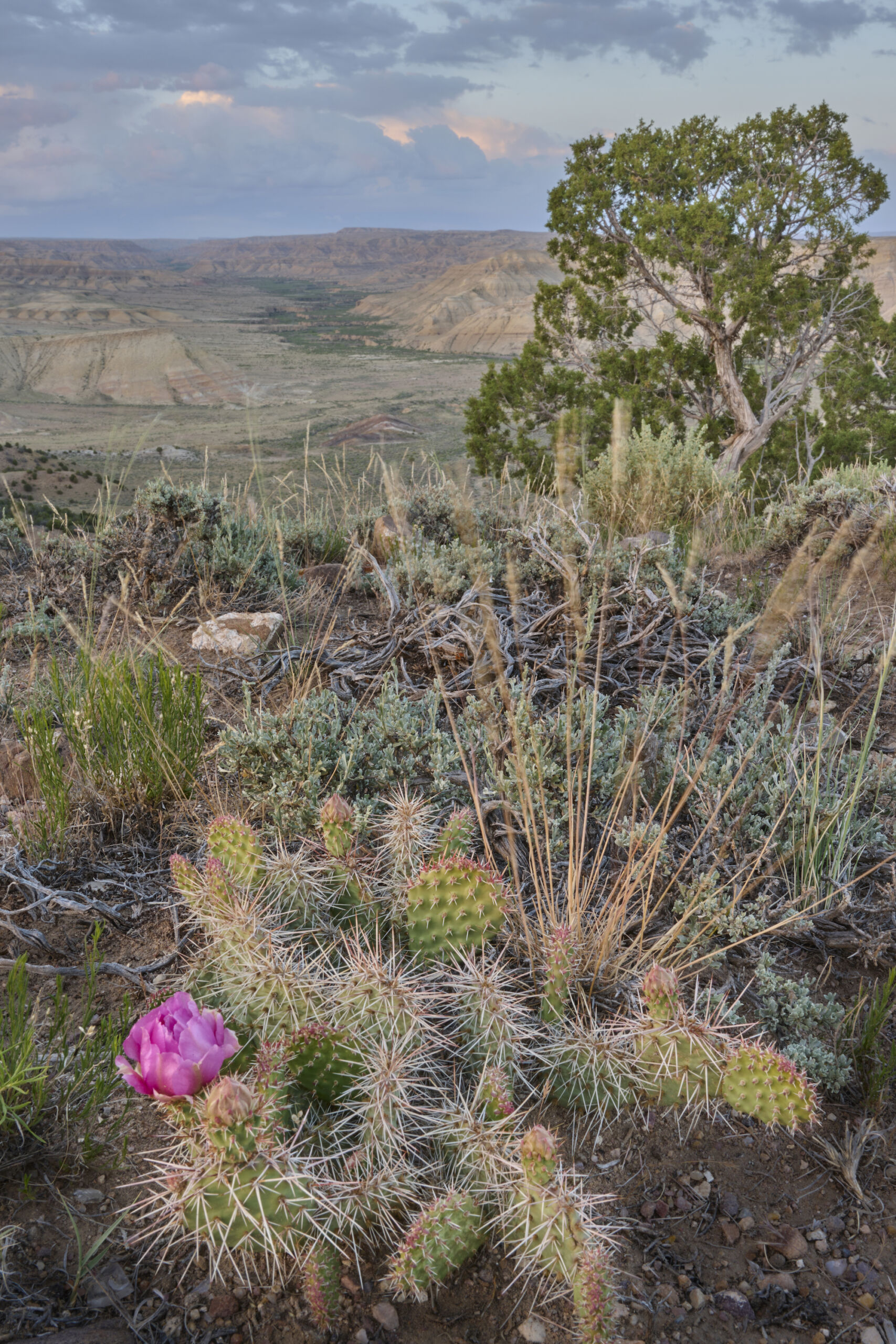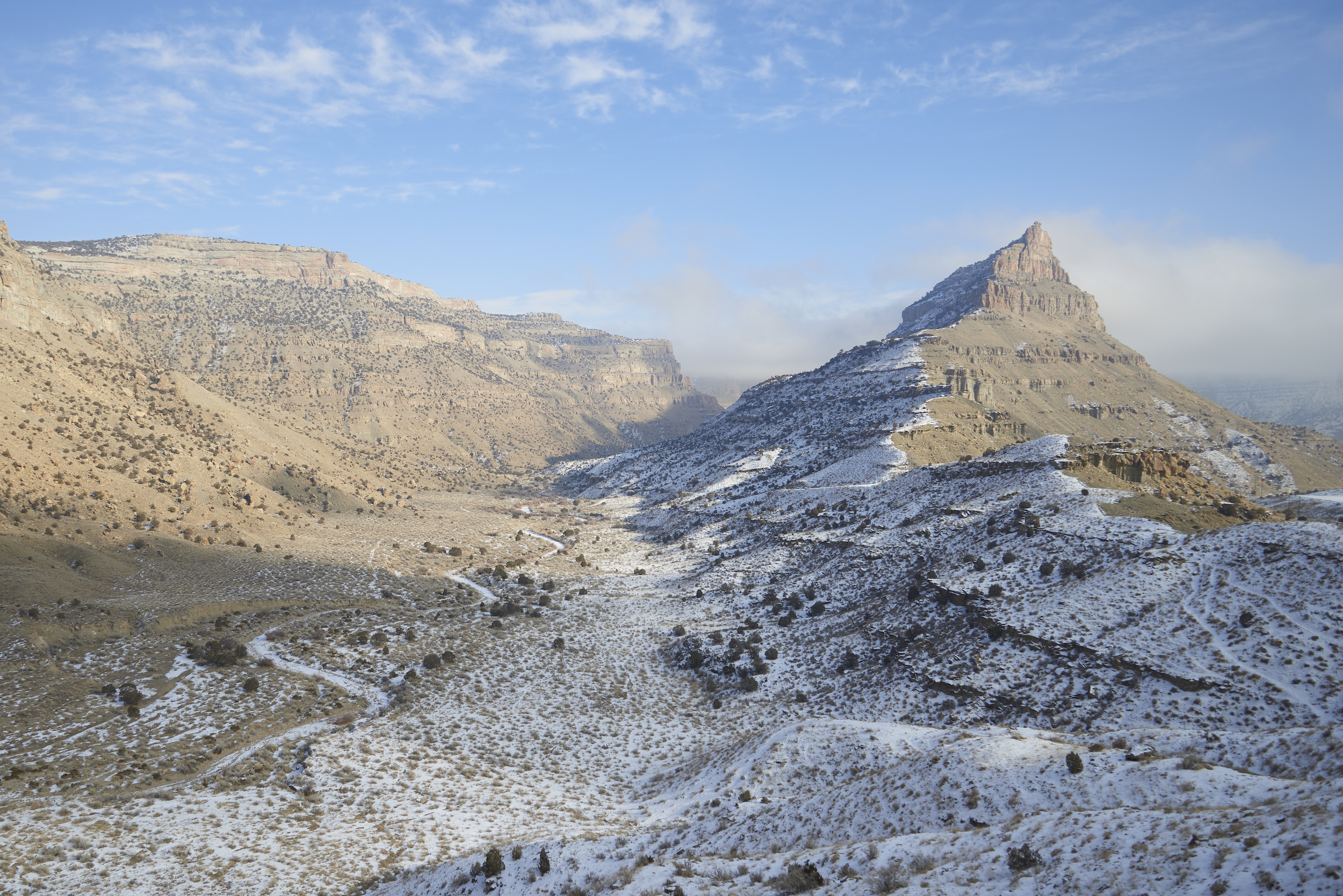Fiscally sponsored by Wilderness Workshop, and in strategic partnership with the Southern Utah Wilderness Alliance (SUWA), the Colorado Wildlands Project was launched in 2021 to protect wild public lands managed by the Bureau of Land Management. Dedicated to the conservation, climate resilience, and equitable management of our public lands, the Wildlands Projects rallies support around wildland protection in western Colorado, collaborating with partners across the Colorado Plateau.
Colorado’s 8.3 million acres of BLM-administered public lands make up one-third of the federal public lands in our state, yet only 8% of these lands are permanently protected through conservation designations, dramatically less than other public lands in the state. Colorado’s at-risk BLM wildlands include a half-million acres of Wilderness Study Areas and over two million acres of additional wilderness-quality lands meriting wilderness designation or other permanent conservation measures.
Colorado’s 8.3 million acres of BLM-administered public lands make up one-third of the federal public lands in our state, yet only 8% of these lands are permanently protected through conservation designations, dramatically less than other public lands types in the state. Colorado’s at-risk BLM wildlands include a half-million acres of Wilderness Study Areas and over two million acres of additional wilderness-quality lands meriting wilderness designation or other permanent conservation measures. These diverse lands include the stunning redrock of the Dolores River, the sandstone canyons and rolling sagebrush steppe of the Dinosaur region, and some of Colorado’s most important wildlife habitat such as that found in Grand Junction’s Book Cliffs. In addition to BLM public lands being underrepresented in the conservation system, these lands are critical for climate adaptation and ecosystem resilience.
Highlights of the Wildlands Project work in 2022 include:
- Inventoried and identified wilderness-quality public lands with substantial cultural and historic resources deserving of permanent protection in the Dolores River Canyon Country.
- Built relationships with key stakeholders and agency staff in the Greater Dinosaur landscape – located in the far northwest corner of Colorado and centered around the existing 210,000-acre Dinosaur National Monument – and raised awareness of what may be Colorado’s largest remaining conservation opportunity.
- As part of ongoing efforts to achieve long-term administrative protections for BLM wildlands, supported a regional and national coalition urging the BLM to use its existing authority to designate new Wilderness Study Areas (WSAs).
- Partnered with Wilderness Workshop to advocate for increased protections in the Colorado River Valley and Piceance Basin as part of a 1.5 million acre BLM planning process.

Prickly pear cactus overlooking Vermilion Basin from the north end of Irish Canyon. Photo courtesy Jon Mullen/Ecostock.


